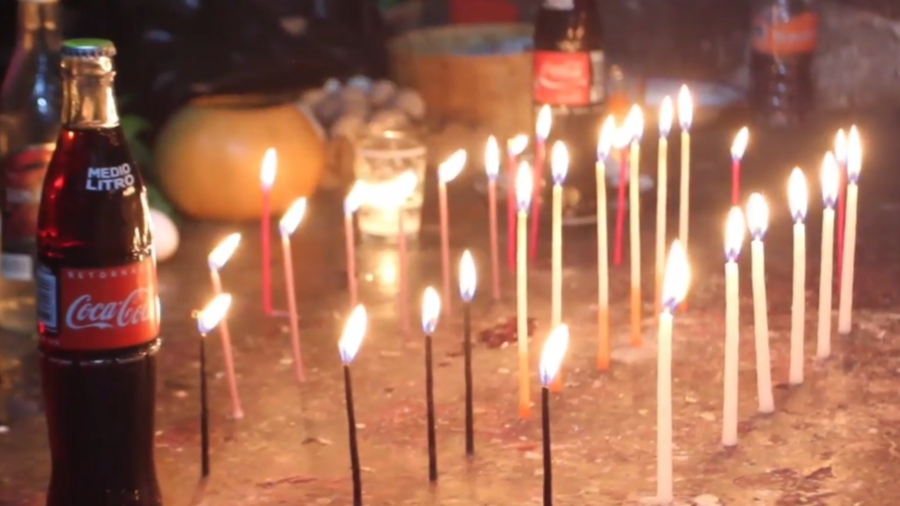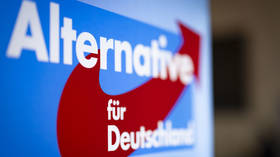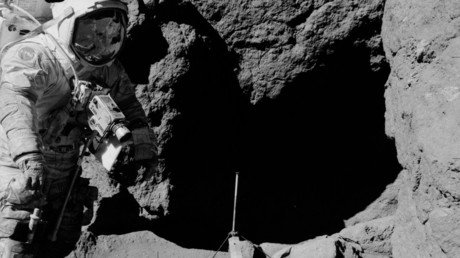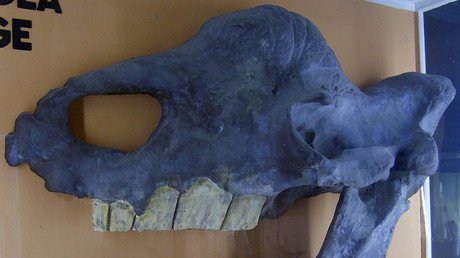Diabetes spike in Mexican town where Coca-Cola used as drinking water, currency & religious offering

A Mexican town, next to a Coca-Cola plant, is running so low on water that locals have turned to the sugary drink as an alternative. It’s drunk, used in religious ceremonies and even as a currency. While diabetes and obesity soar.
Cristobal de las Casas, in the Mexican state of Chiapas, has for years been caught between an inept local government and a multinational corporation which is draining its local water supply in a case of crony capitalism at its worst.
Coca-Cola is produced locally at the Femsa plant, which bottles and sells the drink across Mexico. Under a long-standing agreement with the Mexican government, the factory owns the rights to draw out more than 300,000 gallons (around 1,135,623 liters) of water per day.
Desperate locals average more than two liters of soda per day, as it’s often more accessible than bottled water and is almost as cheap, with a 1.5-liter Coca-Cola bottle costing roughly 18 Mexican pesos ($0.88), compared with water, which costs 10 Mexican pesos ($0.48) per bottle.
The Chiapas state has seen a 30-percent increase in the mortality rate from diabetes between 2013 and 2016.
The indigenous Tzotzil population are among the worst affected, with five out of ten people consuming the sugary, caffeinated soft drink on a daily basis. Coca-Cola is now so ubiquitous in the town, adorning local pharmacies, restaurants and village entrances, that it is even being used in native religious rites.
“Coca-Cola is an offering for daily work and an offering to God,” says Maria Lopez, an indigenous healer based in Chiapas, comparing the soda to ‘pox’ - a Mayan drink made with sugar cane. “It removes all evils and keeps the heart happy… drinking it will take everything bad out of your body.”
READ MORE: French father jailed for raising children on diet of Coca-Cola & biscuits
Coca-Cola often replaces actual currency within the community.
“When people have to give a dowry for some young person, they have to pay in cash or the equivalent in bottles of Coca-Cola,” Rigoberto Alfaro, teacher at the social science faculty in the Autonomous University of Chiapas, told Ruptly.
“And the company has made a very interesting commercial strategy - in the city the price of a Coca-Cola has a value but in rural areas it is cheaper. If a person does not have money, he can use the soft drink as a form of currency.”
READ MORE: ‘Hello, death’: Coca-Cola greets New Zealanders in marketing blunder
Local residents frequently present themselves at hospital with symptoms of “obesity, malnutrition, hypertension and diabetes,” according to Luis Alberto Ferrera, head of the Department of Nutrition at the Hospital of Cultures.
“We have been working with them for nearly a decade to provide community water tanks, roof-top water collectors, and water conservation projects to help address this issue,” Coca-Cola said in a July 2018 press release.
For its part, Coca-Cola has denied the accusations, placing the blame for the chronic water shortage on local government, a lack of state investment, poor planning and crumbling infrastructure, seemingly accepting no responsibility for creating a public health crisis in the making.
Like this story? Share it with a friend!















